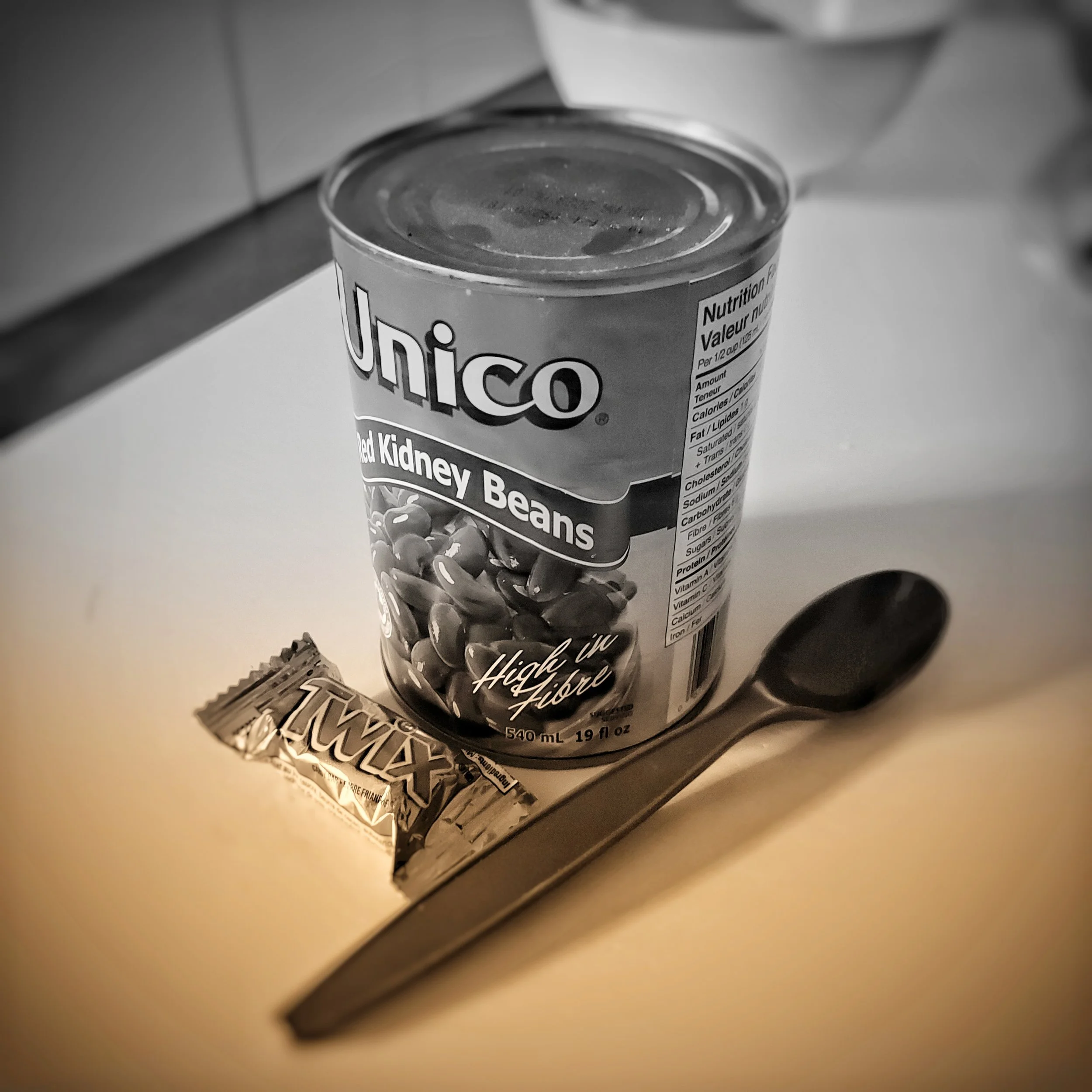Sticking to the Menu When Building an Urban Preparedness Pantry
While long-term food supplies seem to capture our hearts, many don't sufficiently plan for what is required inside of a year. It's easy to get carried away with our short-term selection, but the problem with non-perishable food like canned goods is that we tend to contribute just a little too much to landfill. So how do we buck this trend when prepping for events like job loss or natural disaster? We plan our urban preparedness pantry around our daily menu.
Keeping it Real
What's good on paper from an urban survival standpoint may not always be what's good for us. Low-acidity canned goods like kidney beans do well over time but don't always make it to the table. It's also important to consider additional resources like water and fuel. These may not come into question during that week or two of uncertainty but will take some time to secure long-term. Remember, dried beans and rice don't just soften up after 10 minutes under boil, giving cans the edge over so many other non-perishables. Such scarcity is especially true in the context of urban survival, and why ready-to-eat meals should make up the front-end of our urban survival food supply.
The Upside of a Limited Menu
By focusing on the items that we regularly consume we're able to accomplish two things. First, we can ensure that our inventory of non-perishables are fully rotated in view of 'best before' dates. And second, we are able to focus on improving our max par because we're actually eating them. By limiting ourselves to items that fall within regular eating habits we can continually turn over inventory without worry, which is what allows us to purchase with some authority. The 'best before' dates on cans, for example, are derived from the minimum standards of the can's integrity. Short of high-acidity foods like tomatoes and fruit, most will be stamped for two or more years. Beyond this time, the food may lose some measure of quality, but can be stored almost indefinitely under optimal conditions (cool, dry, dark). So, what does that mean for our buying habits?
The Proof is in the Pudding
I regularly consume canned chickpeas and baked beans. On average, I'd say I eat at least 2 cans per week. Looking at the math, I can say with some measure of confidence that I could consume up to 105 cans a year of these two items alone. Throw in a can of SPAM every two weeks, and I've added an extra 26 cans. This isn't an exhaustive view of the menu but works to illustrate how much buying power you have when prepping around your daily life. Now, if I'm able to maintain this par level, I have about 50 days of stock on hand, assuming I consume no more than 2 cans a day. For those who may have a limited finances or a partner that is skeptical, this is a strategy that serves your routines and provides suitable coverage in the event of emergency. No need to 'break glass'.
Minor Adjustments
While canned veggies and stews may be natural to some, others may need to make some adjustment. This is a fantastic opportunity to great creative, see what's available, and figure out new ways to integrate non-perishables as part of the routine. Substitution for fresh is an easy gateway to using more non-perishables and are often economical by comparison. Canned mushrooms for tomato sauce. Powdered mash for shepherd's pie. Even SPAM mixed with diced onions make an amazingly savory hamburger patty. Low-sodium options are often best, and don't forget to go heavy on the vegetables.
What it all Boils Down to
There's no arguing the benefits on long-term food storage for urban survival. Whether it's 200lbs or rice and beans, or a palette of Mountain House, it's important to us to plan for the long haul. But with resource availability often hampering initial efforts to cook and clean during lesser interruptions, don't make the mistake of coloring outside the lines of the life you live and enjoy. Stick to the menu, find new favorites, and build up an inventory that can easily be turned over. Play it smart, and you won't be the one stuck with a pantry full of fava beans or cranberry jelly.
